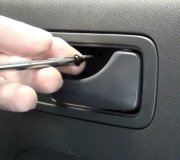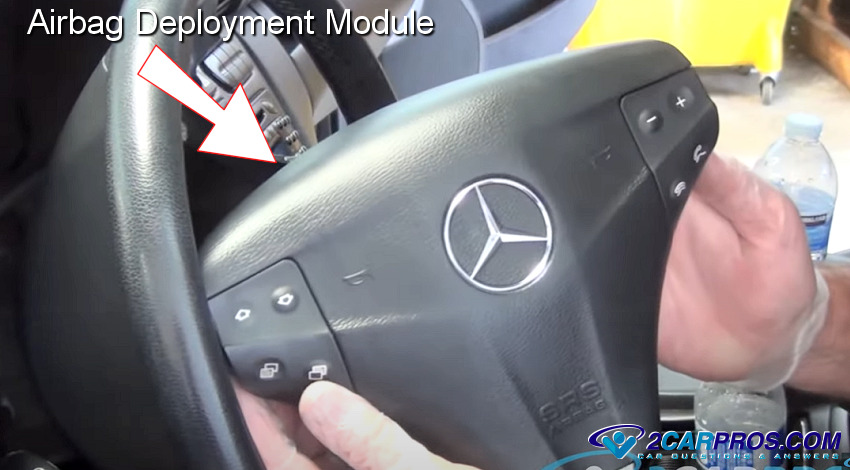Monday, July 9th, 2012 AT 8:04 AM
I recently had my 2007 chevy cobalt flushed by a Flynns Tire store as a maintenance procedure. The car had been running fine up to that point. I have never had any problem with the engine nor the radiator system. This was purely for maintenance purposes. 120 miles later while traveling to Ohio, a cooling down mode indication sentence came across an indication board on the dash board. I called the spokesperson for Flynns where I had the flush completed and asked him about the information being shown. He went to the mechanic who completed the flush and was told that it was probably a bubble in the system and that if the light went out it would not be a problem. Within 30 seconds of him telling me that, the light went out and the car continued to running fine. About 2 minutes after our conversation, the car shut down to the point where I had to drift it off the interstate. The car would not start. I called the Flynns dealership back after opening the hood of the car and indicated to him that there appeared to be antifreeze around the front of the engine and on the radiator dripping. I had Triple A tow the car to a Flynn's dealer in Ohio at his request stating that they would take care of the problem if it had anything to do with what they had done to the car. The car was towed to the dealer who indicated that the fluid had indeed emptied out of the car. As it turns out, the engine was destroyed in the process as I found out the next day. The spokesman from the PA store said that the Ohio store mechanic indicated to him that the radiator was cracked at the bottom which caused the leak and that they did not cause the crack. We discussed the fact that up to that morning and not until after they completed the flush, there had never been any indication of any leak anywhere in the system. The car had been inspected and maintained by this Irwin shop for the past four years. Please advise me.


